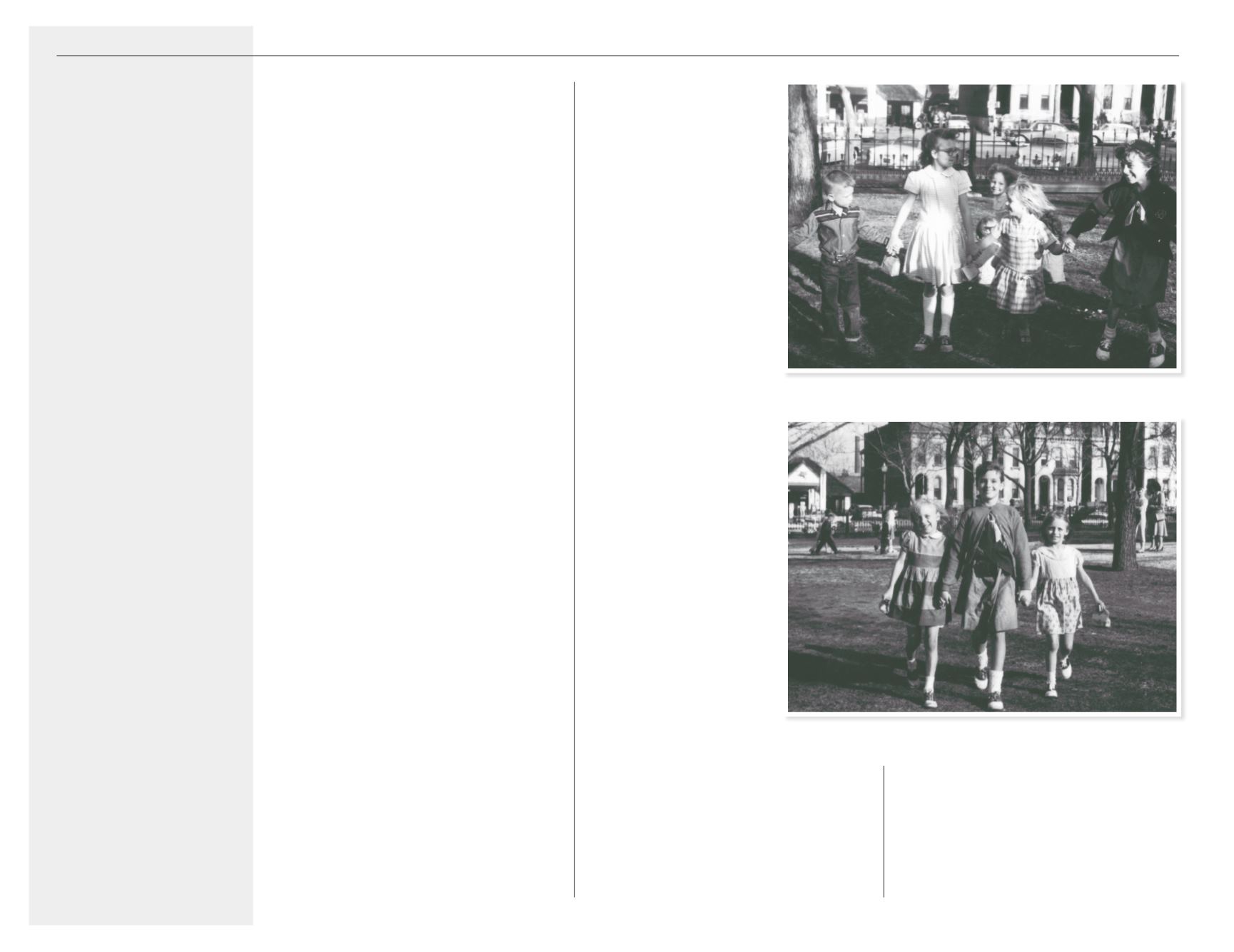

A
dvancing
T
he
K
ingdom
: K
ingdom
H
ouse
integrated Kingdom House – wanting
to come and play on the playground.
Casually, not some formal Board
decision....”
4
Through the informality
of play and the innocence of children,
Kingdom House more fully represented
the body of Christ. Religiously fulfilling
the commandment to allow the children
to come, this decision more fully
expressed the reality of America in the
mid-1950s, and the changes affecting
large urban cities.
Ralph Koeppe was the third
Executive Director of Kingdom House.
The decision to restructure the Board in
the early 1950s resulted in the creation
of this new position. The reorganization
of the leadership and structure of the
settlement reflected in part the overall
changes within the Methodist Church
during the 20th century. Into the mix
of the modern civil rights movement,
desegregation, McCarthyism and
the Cold War, the Methodist Church
experienced its own growing and
transitional pains.
The church that John Wesley founded
in the eighteenth century split, like
nearly all American Protestant churches
during the antebellum era, over the
issues relating to slavery. But unlike
many Protestant faiths, Methodists
reunited in 1939 – one hundred years
after the church divided into Northern
and Southern factions. Under
The Act of
Union
, the Methodist Episcopal Church;
the Methodist Episcopal Church, South;
and the Methodist Protestant Church
were brought together as
The Methodist Church.
In 1968, with the addition
of the Evangelical
United Brethren Church,
the present day United
Methodist Church was
formed.
The Kingdom House
governing structure
also underwent change
and reconstruction. The
resident deaconesses
of the earlier decades
were transformed into
the staff and Executive
Director of today. Several
reasons contributed to
this reorganization. As
the
80th Anniversary
publication states, “From
its beginning until 1949
Kingdom House was
organized under three
areas. First the Women’s
Board took charge of
the operating program
under the direction
of the Head Resident
Deaconess. Second, a
pastor was appointed
and took charge of the
Kingdom House Church.
Third, the St. Louis
Church Extension and
City Mission Society
served as Trustees and
held title to the property
and investment funds. Following the
recommendation of the Pape-Leiffer
evaluation report a new Board of
Directors was formed that would include
both men and women, representatives
from other organizations of the church,
60
A
B
P
hotos
:
A:
Ring-around-the-Rosie
B:
Taking a walk
T
hrough
the
informality of
play
and
the
innocence of
children
, K
ingdom
H
ouse more
fully
represented
the
body
of
C
hrist
.















